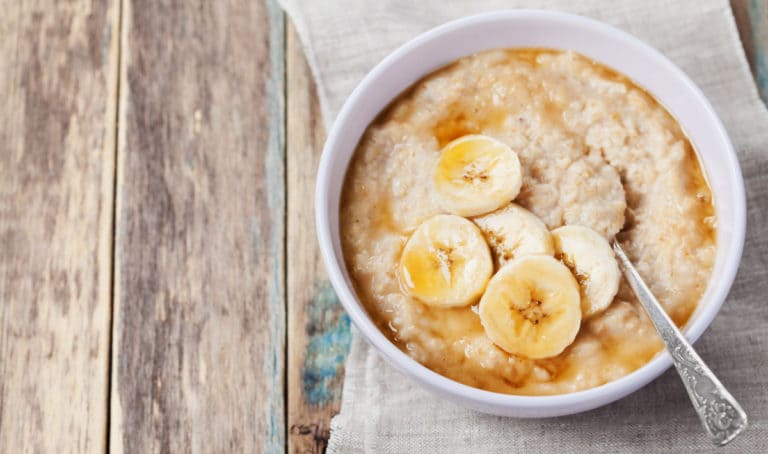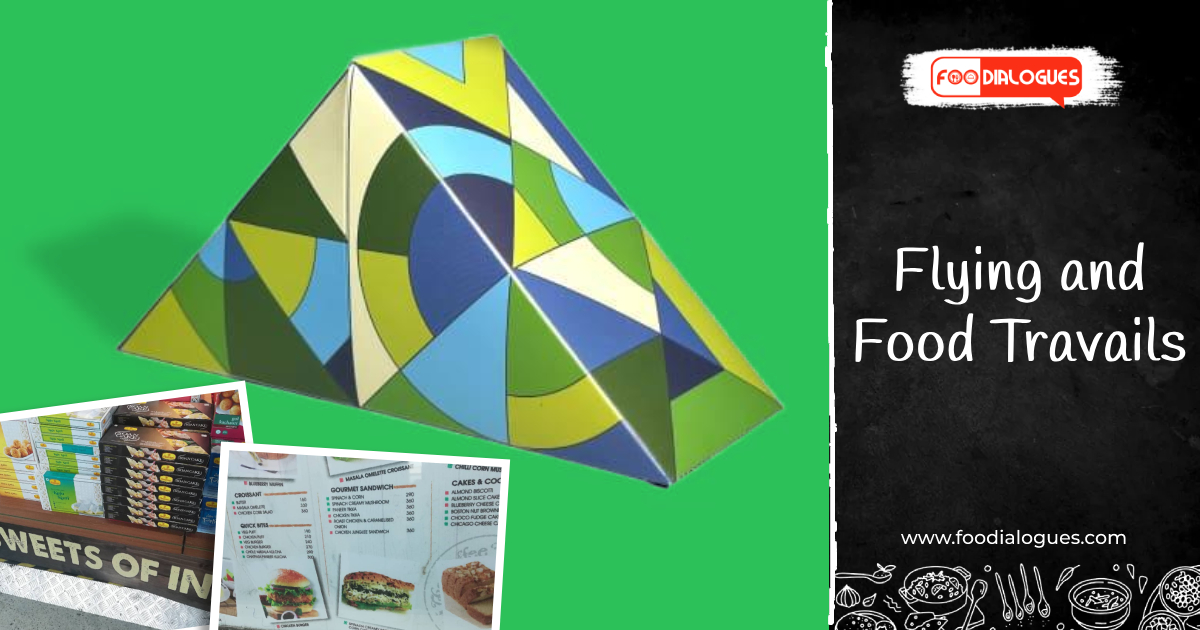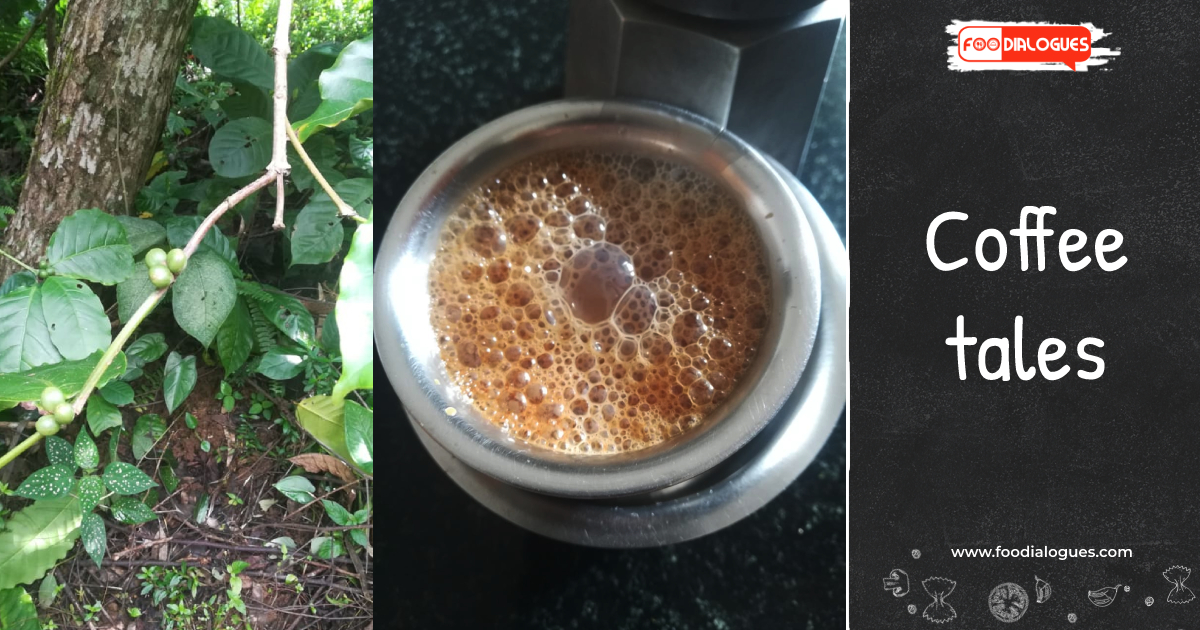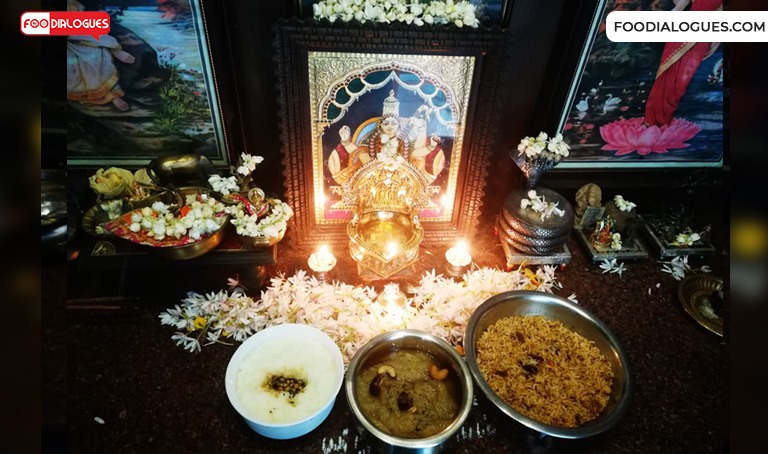Kadali, Mocha, Rambha…. Any guesses?? .. Yes you are right. It’s the banana – the fruit belonging to the Musa genus with several cultivars. They come in different sizes and colors. Around 500 cultivars exist today in various countries where they are produced. They are classified as a “berry” and grow on tall herbaceous plants.
ORIGIN AND HISTORY
Banana is a fruit with a long glorious past that even pre- dates the origin and cultivation of Rice. Tracing the origin of banana is complex. While there is archaeological evidence of banana cultivation in New Guinea dating as far back 8000 BC, wide growth has also been recorded in the Indo-Malayan jungles 4000 years ago. Alexander the Great tasted bananas in India during his invasion in 327 AD. This fruit is a revered in India as a symbol of prosperity in the Hindu culture and is a common offering in temples
From Southeast Asia, the fruit was brought west by Arab conquerors and then carried to the New World by explorers and missionaries. The name “banana” is thought to be derived from the Arabic word “banan” which means “finger”. The fruit is shaped like a finger and a group of bananas is sometimes called a hand. Bananas were traded globally by the end of fourteenth century, but it wasn’t until 1834 that the fruit was mass produced. From the late 1880s abundant production of bananas exploded across the world. Bananas are believed to have been the world’s first cultivated fruit.
NATURES HEALTH CAPSULE
Bananas are the most widely consumed fruits. It is a store house of nutrition and this wonder fruit can be also be called as a “meal in a peel”. It is Calorie dense with a good concentration of fiber, vitamins such as A B6,C & D and minerals. The concentration of potassium being high it is a boon to those who are hypertensive. Its rich composition of the “happy vitamin”- Vitamin B6 , is critical for the production of serotonin, a chemical neurotransmitter produced by the brain, that apart from several functions is also responsible for a calm and happy mind. Bananas also aid in digestion and are important for heart health. Bananas are a boon for people who want to lose weight. Since they are calorie dense, a banana eaten before a workout can provide one with the necessary energy to complete a longer workout. Apart from being very nutritious, they are also a highly convenient snack .The cooking bananas are termed as “plaintains” .Their firmness and green color distinguish them from the sweet dessert bananas.
Bananas are versatile fruits. They can be eaten alone as a snack or combined with other fruits into a fruit salad. Addition of bananas to smoothies and milkshakes not only improves their texture but also makes them more flavorful.
PERFECT BABY FOOD
The weaning period is a crucial period in an infant’s life. At the age of 5–6 months, most infants begin to eat supplementary semisolid foods. At this stage homogenized infant foods play a major role in their nutrition Bananas are a perfect weaning foods for infants. A mashed ripe banana is extremely simple and healthy and easy to digest. It rarely causes any allergic reactions. Several weaning formulations using banana as a base has been developed. Banana powder is added to weaning formulations to increase its nutrient density. Whole bananas which are sundried can be used as an excellent finger food for teething babies. Bananas are an integral part of the BRAT diet, a diet many pediatricians recommend for children recovering from gastrointestinal problems, particularly diarrhea.
Thus this wonder fruit offers wholesome nourishment not just for the body but our minds too. It is a food fit and affordable by all-young, old, poor and rich. The wealth of nutrients that it encloses within its peel is not only precious but hygienic too.
NUTRITIVE VALUE PER 100 G OF RIPE BANANA*
- Moisture – 70.1 g
- Protein – 1.2 g
- Fat – 0.3 g
- Mineral – 0.8 g
- Crude Fiber – 0.4 g
- Carbohydrate – 27.2 g
- Energy – 116 KCal
- Calcium – 17 mg
- Phosphorus – 36 mg
- Iron – 0.36mg
*NUTRITIVE VALUE OF INDIAN FOODS, NATIONAL INSTITUTE OF NUTRITION, ICMR, 2012




